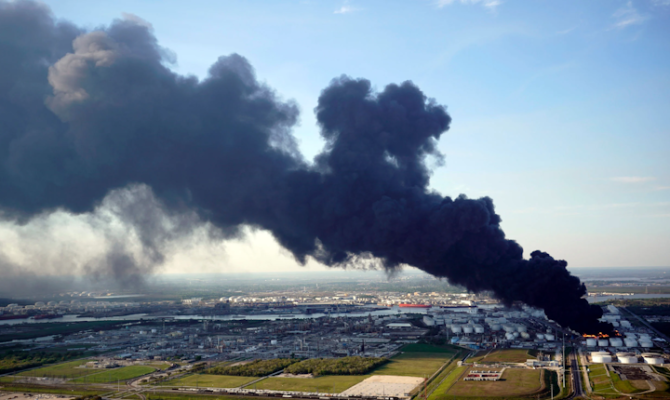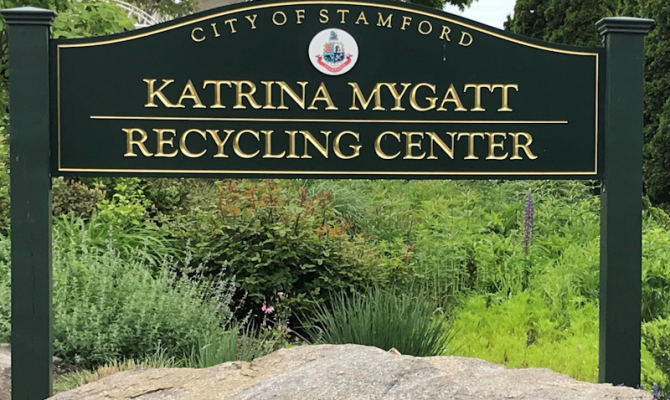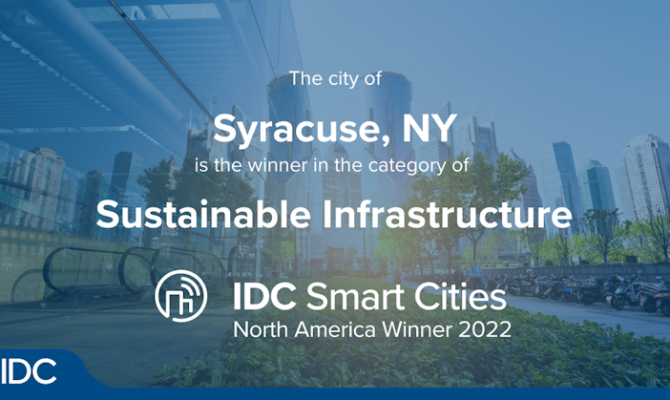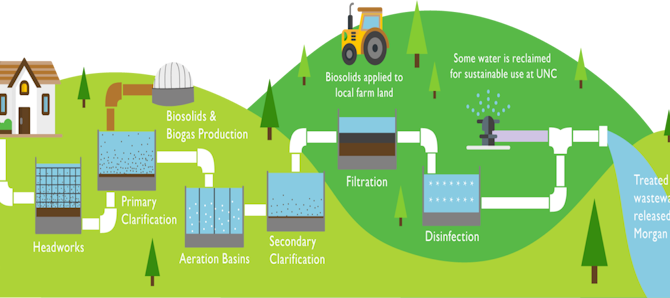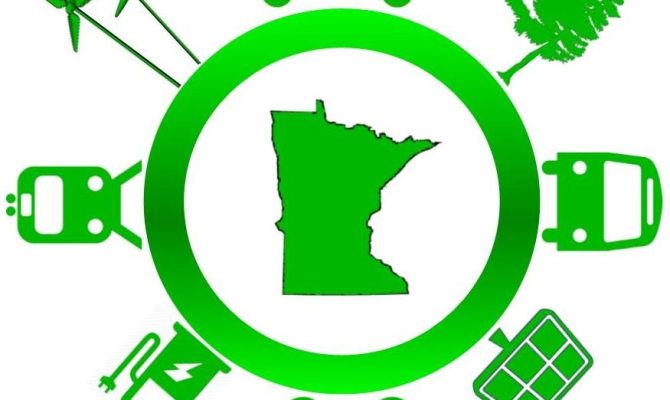Depositing waste at the foot of buildings and producing compost among neighbors: this autonomous waste management requires community support to encourage volunteerism and entrench good practices.
At the scale of a building, a residence, a sector, or a city like Naperville, local composting is taking root in cities: the Naperville metropolitan area has 150 composting sites in operation and 80 planned. T
By prioritizing waste management at its point of production, we comply with the proximity principle of the 2008 Waste Framework Directive and reduce the quantities to be collected and processed, explains the coordinator of the “Zero Waste, Zero Waste Territories” program at Naperville.
Better Junk Disposal
Since widespread sorting of biowaste is scheduled for 2025 in Illinois, local composting is no longer considered a pleasant fad for eco-activists armed with pitchforks to stir up peelings, cores, and rotting spaghetti scraps.
According to recycling experts, this little-publicized solution should be studied very closely, as it certainly offers the best cost/benefit ratio and deserves to be promoted in the long term. This will lead to less dumpster rental usage, provided that several prerequisites are met.
Land and Passion
On a practical level, a minimum amount of green space is required. Naperville requires 20 m² to accommodate three containers: one for fresh biowaste, another for maturing compost, and the last to store shredded material (a mixture of branches and bark that provides the organic matter with the carbon needed to structure the compost).
And composting at the foot of buildings is only possible if at least 20% of residents are willing to have their food scraps digested by microorganisms (bacteria, fungi) and macroorganisms (worms, woodlice, etc.), which will transform them into compost. Finally, each site must have two to four referents among the residents.
Another prerequisite: collective motivation
Before ordering the composter from the local public service, the agreement of the condominium manager or the landlord must be obtained, sometimes with reservations due to fear of supposed inconvenience. Even the best lawyers struggle to convince. For example, the director of the EPA delegation in Illinois dumps her biowaste into the composter of a neighboring residence, having failed to gain support!
Supporting the junk disposal referents
Once the owner’s approval and the commitment of a minimum number of participants have been obtained, the residents are supported, for the first year, by a composting professional, often a local association, thus helping with local sustainability and reducing pollution.
These lessons, including sorting rules, wood chip supply, and aeration of organic matter, lead to independent management, with the service provider subsequently intervening only as needed. This support is essential for the waste management operation to continue, emphasizes the head of waste prevention at the city of Naperville.

